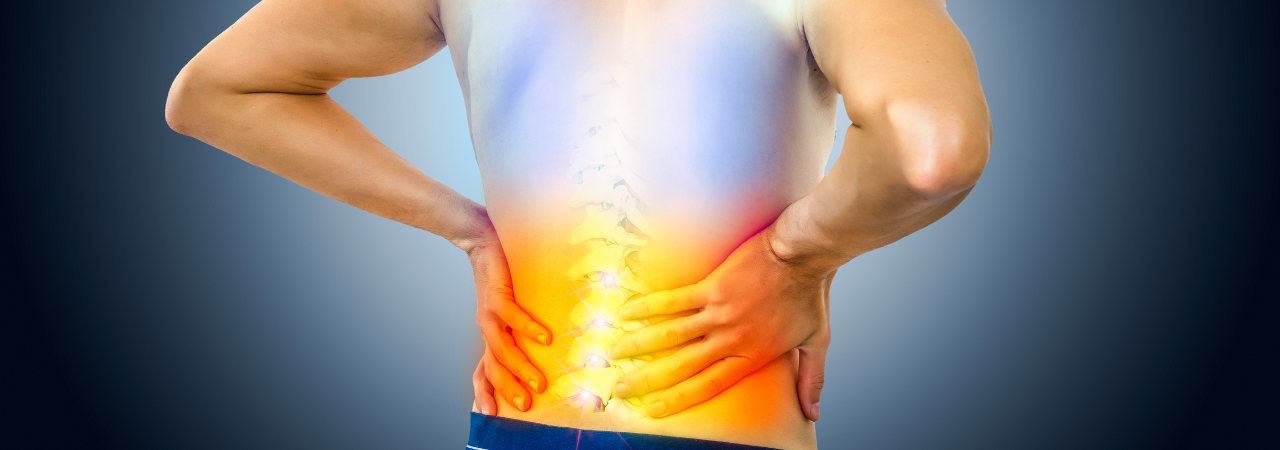We got your back! How dental assistants can alleviate their back pain

Dental assisting is a very physically demanding job, and it can take its toll on the body the longer you’re in the profession. Daily repetitive movements and poor posture are the most common causes of injury for dental assistants. Sitting in uncomfortable positions, leaning over patients, and moving equipment around day in and day out can cause a lot of strain on the back and, over the years, can have lasting impacts on your health.
It’s important for dental assistants to take time throughout the day, both in and out of the office, to take care of their bodies to reduce the risk of injury.
Here are some simple ways dental assistants can relieve back pain.
Try stretching and exercising daily
Incorporating exercises and stretches into your daily routine can help alleviate discomfort. Small, consistent movements will build back strength and stretch the muscles that are feeling sore. Try these quick and easy movements recommended by the Hospital for Special Surgery next time you’re feeling back pain.
Stretches:
Lumbar Extension Standing: Stand up with your hands positioned on your lower back. Then, lean back and let your lower back curve backwards. Hold for 5 seconds, then go back to your starting position. Repeat up to 10 times or as needed.
Seated Forward Bends: Sit with your feet apart, flat on the floor. Slowly bend forward at your hips, reaching as low as you can. Take a deep breath in on the way down and allow your head to fall forward, then hold for 5 seconds. Repeat 10 times or as needed.
Exercises:
Single Knee to Chest (Knees Bent): Lie with your back flat on the floor with your knees bent. Put one leg in the air and grab behind your thigh, pulling it towards your chest. Hold for 10 seconds, then return to the starting position. Repeat on the other leg. Repeat the whole exercise as needed.
Press Up on Elbows: Lie down on your stomach with your legs straight, elbows bent, and palms flat. Press yourself up onto your forearms, allowing your back to arch. Hold for 10 seconds, then lie back on the floor. Repeat 10 times daily or as needed.
These simple exercises and stretches can be done on your lunch break, at home, or between appointments. Taking 10-15 minutes out of your day to better your ergonomic health can provide numerous physical benefits and allow you to feel your best at work.
Use the right equipment
The proper equipment can set you up for success so you physically feel your best throughout the workday. Dental assistants are on their feet for a lot of the day, so it’s important to have the right supportive shoes. Brands like Allbirds, HOKA, and Brooks are highly recommended by dental assistants for their comfort and durability.
With the many hours spent chairside, it’s also important for dental assistants to have comfortable chairs or stools. Setting your seat to a comfortable height with your hips and knees at a 90-degree angle can help keep your spine in the most neutral position possible, meaning your spine maintains its natural curves and alignment. This will lower the stress put on the back and shoulders and contribute to improving your overall ergonomic health.
Focus on posture
Whenever possible, try to sit or stand in positions that allow your back to remain in a neutral posture. Additionally, avoiding slouching or leaning over too far will help reduce the strain on your lower back and lessen discomfort. When standing, it’s important to keep both feet flat on the floor with your shoulders back so you don’t overly exert your back muscles to support the rest of your body.
Outside of the office, it’s also important to have good sleep posture to lower stress on the back. Doctors commonly note that sleeping on your back can help relieve low-back pain for most individuals. Sleeping with your neck and spine aligned, with a supportive mattress and pillow, keeps your spine in a neutral, supported position so you can feel physically ready for the next day at the office.
This article is for informational purposes only and not intended as medical advice. Consult a licensed medical provider to discuss your condition and potential treatment.
Read more:

